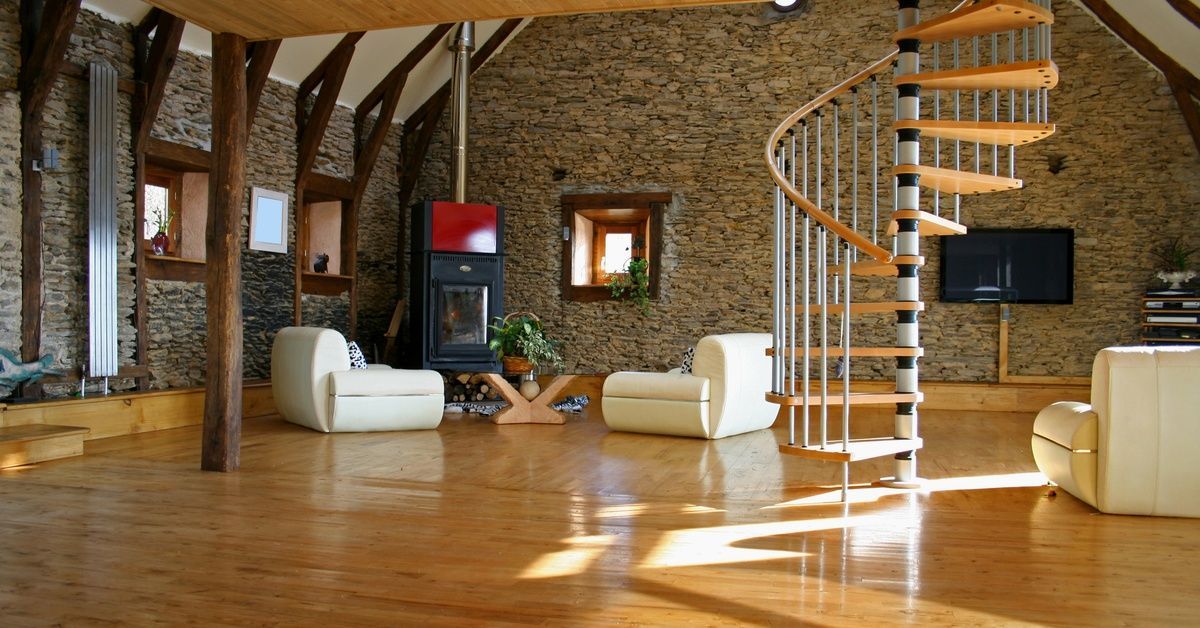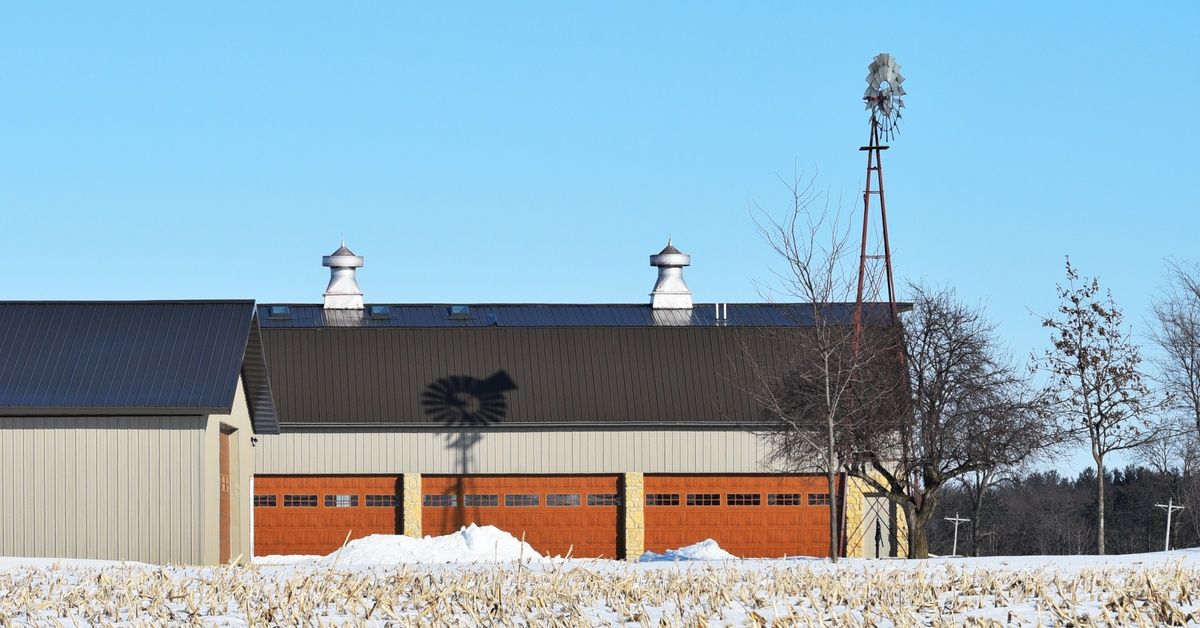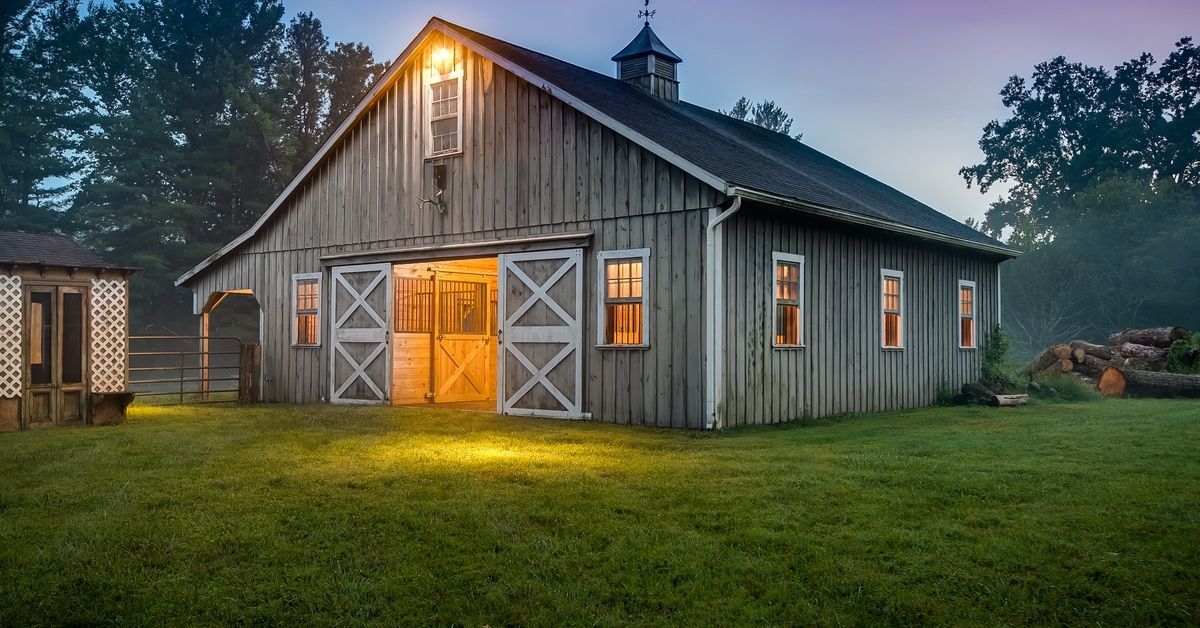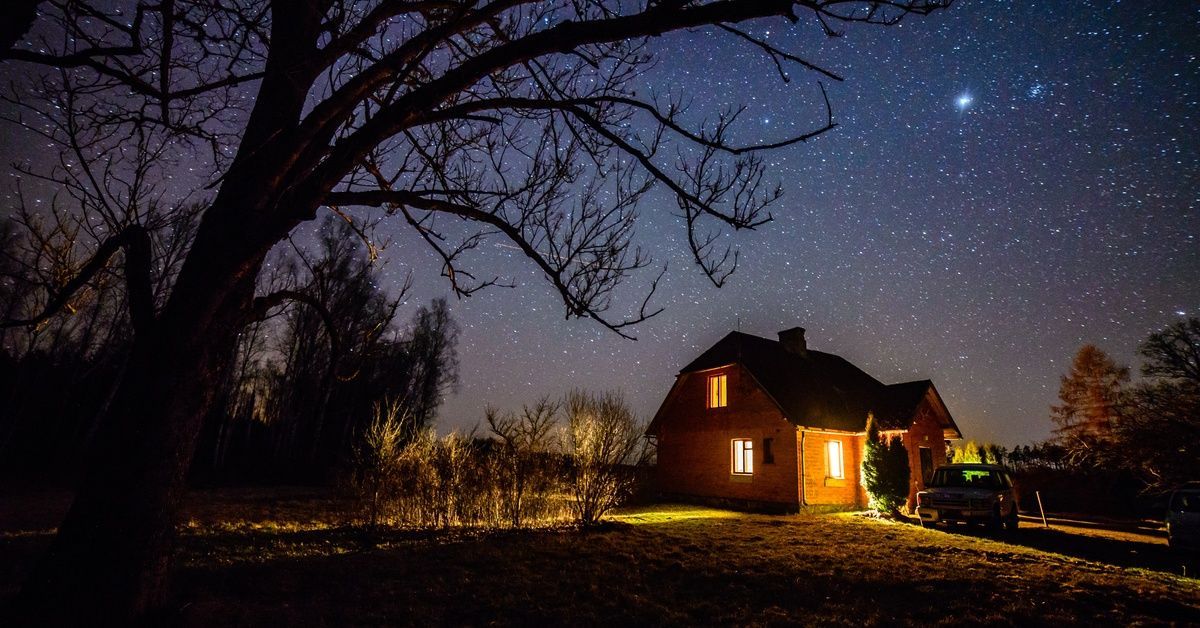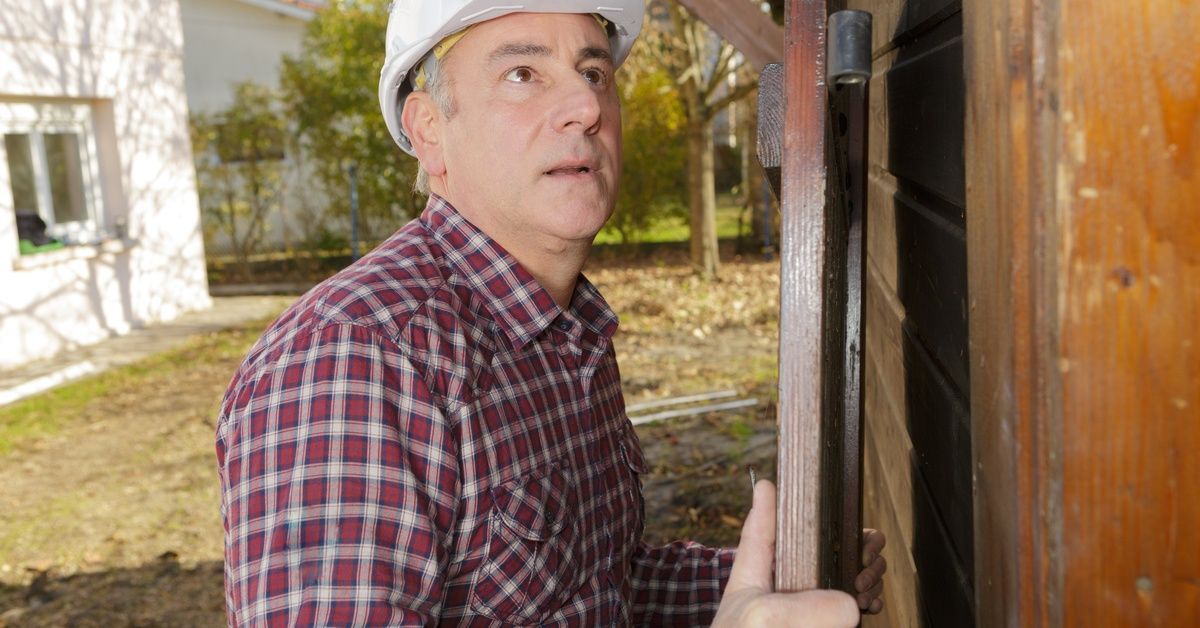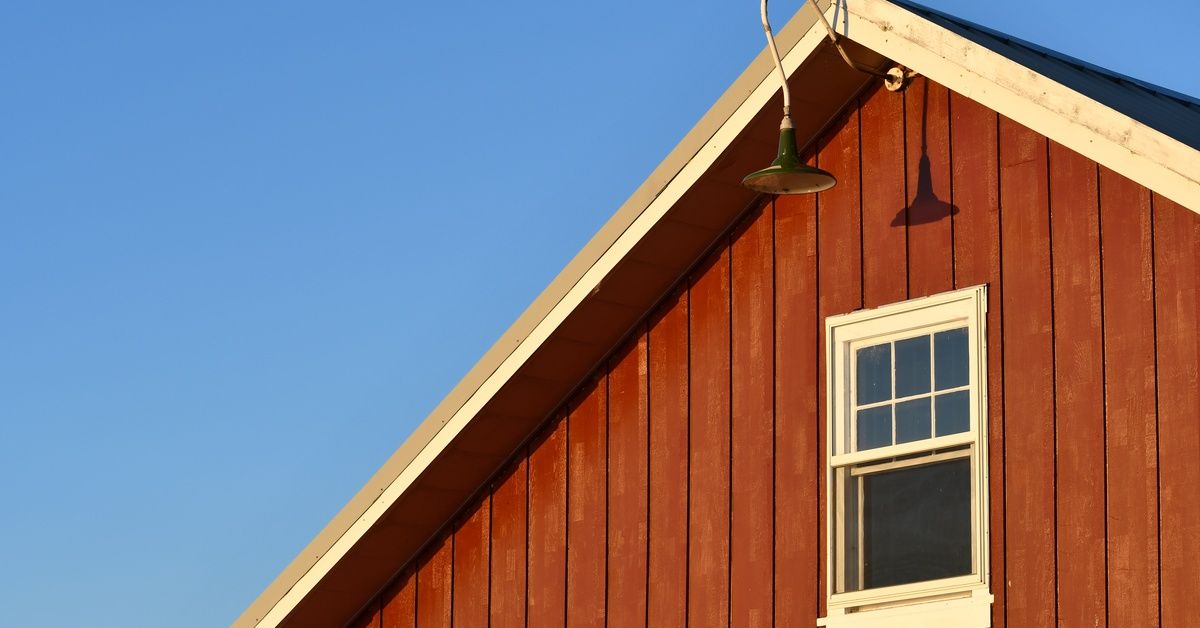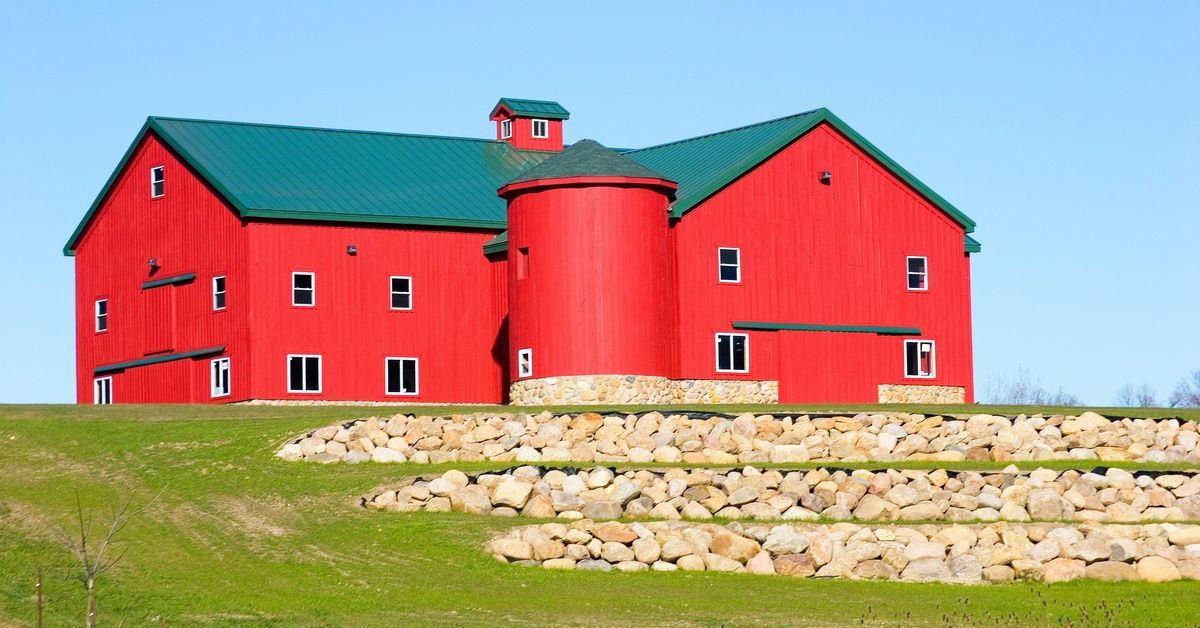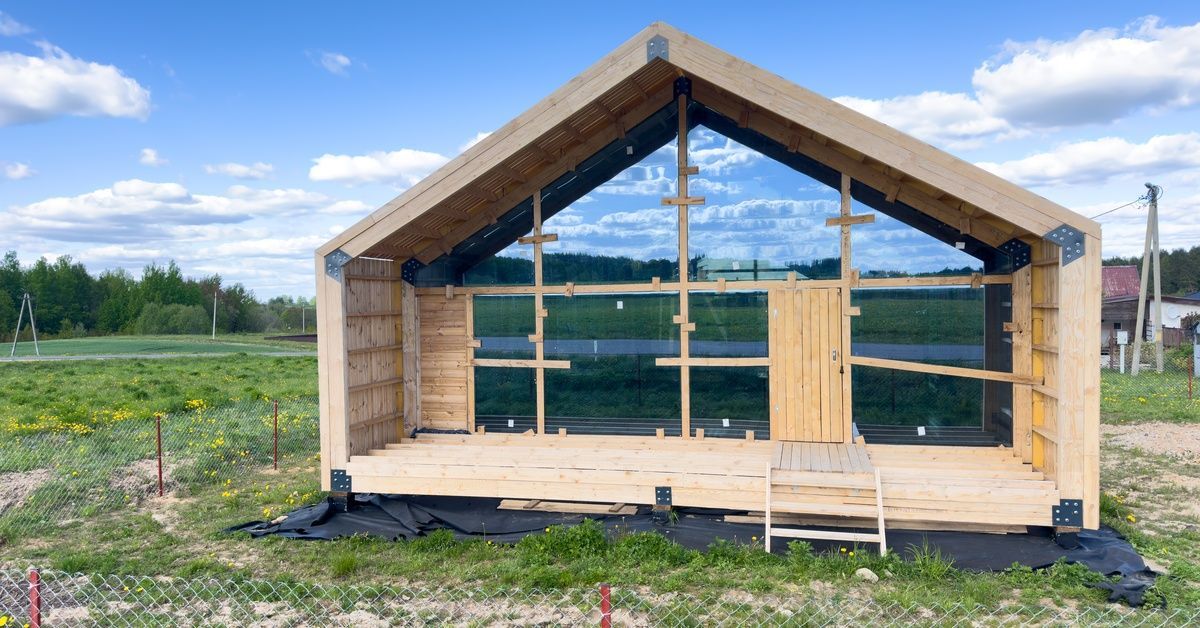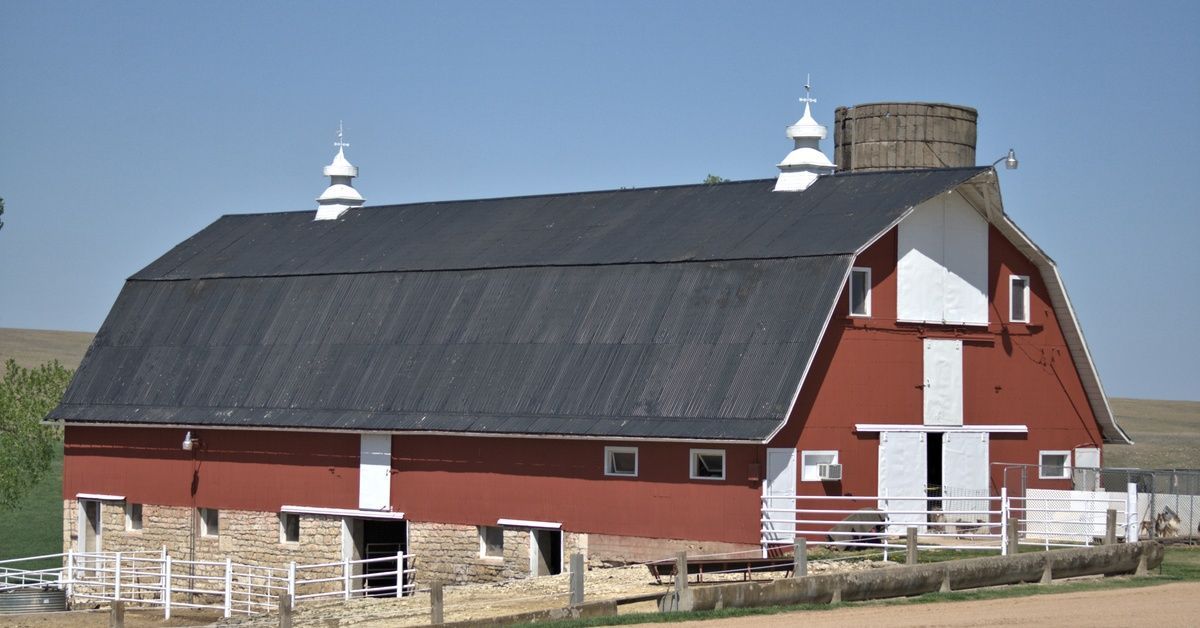Why Choose a Pole Barn Over a Traditional Barn?
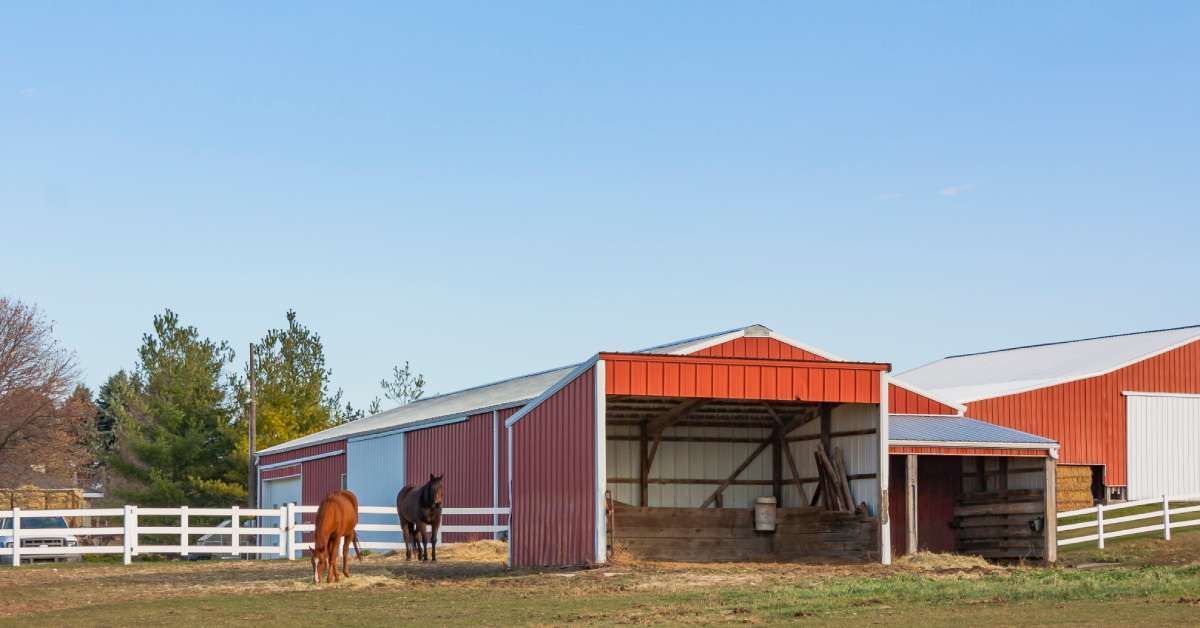
Historically, barns have been essential to agriculture, serving as storage spaces, animal shelters, and workspaces. Traditional barns, with their iconic red paint and pitched roofs, have become symbols of rural life. However, as farming practices evolve, so do the structures supporting them. Enter the pole barn—a modern alternative rapidly gaining popularity among farmers and those needing practical yet cost-effective barns.
Understanding the evolution of barns and the reasons why to choose a pole barn over a traditional barn can help you make an informed decision for your needs. We’ll provide a comprehensive comparison between traditional barns and pole barns, highlighting the pros and cons of each and offering practical tips for selecting the best option for your requirements.
Understanding Traditional Barns

Traditional barns, often characterized by timber frames and steeply pitched roofs, have been integral to farms for centuries. They are typically constructed using heavy timber and are known for their durability and classic aesthetic.
The design of traditional barns often includes multiple levels, with haylofts or storage areas situated above the main floor. This multi-level structure maximizes vertical space, making traditional barns highly efficient for storing large quantities of hay, grain, and other supplies. Additionally, traditional barns often incorporate ventilation systems, such as cupolas and vented ridges, to maintain airflow and reduce moisture buildup.
Pros of Traditional Barns
One of the main advantages of traditional barns is their aesthetic appeal. These barns exude a timeless charm that many find appealing, especially when considering the historical and cultural significance of these structures.
Another benefit of traditional barns is their durability. Constructed with heavy timber and often featuring reinforced joints and beams, these barns are built to withstand harsh weather conditions and the test of time. This longevity makes traditional barns a worthwhile investment for those seeking a long-term solution for their agricultural needs.
Additionally, traditional barns offer excellent storage capacity. With their multi-level design and spacious interiors, they can accommodate large quantities of hay, equipment, and livestock. This versatility allows them to be adapted for various purposes, making them a flexible option for farmers.
Cons of Traditional Barns
Despite their many advantages, traditional barns also come with several drawbacks. One of the most significant downsides is the cost. Constructing a traditional barn can be expensive due to the materials and labor required. Heavy timber and intricate joinery techniques contribute to higher costs, which may be prohibitive for some farmers.
Another disadvantage of traditional barns is the time required for construction. Building a traditional barn is a labor-intensive process that can take several months to complete. This extended timeline can be inconvenient for farmers who need a functional barn within a shorter timeframe.
Finally, traditional barns may require more maintenance over time. The timber used in these structures is susceptible to rot, pests, and weather-related damage. Regular inspections and repairs are necessary to ensure the longevity and integrity of the barn, which can add to the overall cost and effort involved in maintaining these structures.
Understanding Pole Barns
Pole barns, also known as post-frame buildings, offer a modern alternative to traditional barns. These structures are built using a series of poles or posts, which are set into the ground and connected by horizontal framing members. The exterior is typically clad with metal or wood siding, and the roof can be made from various materials, including metal and shingles.
One of the defining features of pole barns is their simplicity and efficiency in construction. Using poles as the primary structural support eliminates the need for extensive foundation work, reducing the cost and time required for building. Pole barns can be constructed on various terrains and don’t require a level site, making them a versatile option for different agricultural environments.
Pros of Pole Barns
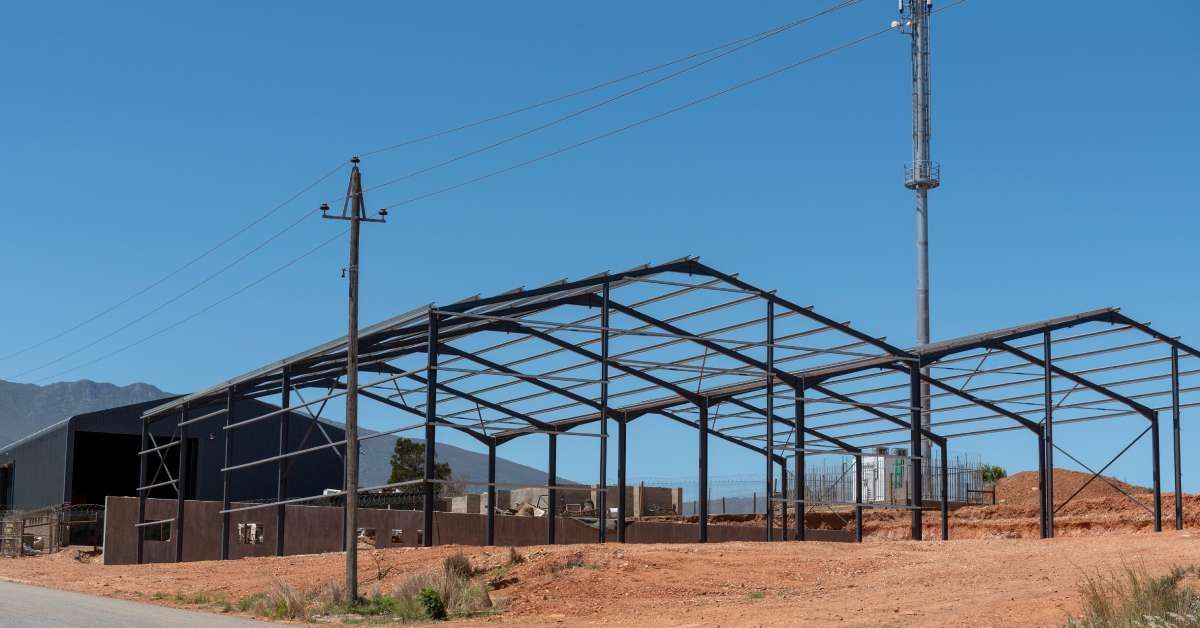
Pole barns offer several advantages, making them an attractive choice for many farmers. One of the most notable benefits is the cost-effectiveness of these structures. The materials and labor required for constructing a pole barn are significantly less than those needed for a traditional barn. This affordability makes pole barns an accessible option for farmers with limited budgets.
Another significant advantage of pole barns is their speed of construction. Thanks to their straightforward design and the use of pre-engineered components, pole barns can be erected in weeks rather than months. This quick turnaround allows farmers to put their barns to use much sooner, minimizing downtime and maximizing productivity.
Pole barns are also highly customizable. The interior layout can be easily adapted to accommodate various agricultural needs, from livestock stalls to equipment storage. The open floor plan of pole barns provides ample space for different setups, and additional features such as insulation, ventilation, and doors can be added to enhance functionality.
Cons of Pole Barns
While pole barns offer many benefits, there are also some drawbacks to consider. One potential disadvantage is the durability of these structures compared to traditional barns. Although pole barns are built to last, they may not offer the same level of longevity as their timber-framed counterparts. The use of metal siding and roofing can help mitigate this issue, but some farmers may still prefer the sturdiness of a traditional barn.
Another consideration is the aesthetic appeal of pole barns. While functional and practical, pole barns may lack the charm and character of traditional barns. This difference in appearance can be a deciding factor for those who prioritize the visual impact of their agricultural buildings.
Comparing the Major Differences
Several key differences stand out when comparing traditional barns and pole barns. Traditional barns are known for their durability, aesthetic appeal, and storage capacity, making them a long-term investment for farmers. However, they come with higher costs, longer construction times, and more maintenance requirements.
On the other hand, pole barns offer cost-effectiveness, quick construction, and customization options. These modern structures are ideal for farmers seeking an affordable and practical solution for their agricultural needs. However, they may not provide the same durability and aesthetic charm as traditional barns.
Choosing the Best Option
Selecting the best barn for your needs depends on a variety of factors, including budget, timeline, and personal preferences. A traditional barn may be the best choice if you prioritize durability and aesthetic appeal and are willing to invest in a long-term solution. However, if you need a cost-effective and quickly constructed barn that can be customized to suit your needs, a pole barn is an excellent option.
Consider the specific requirements of your farming operations, such as the type of livestock you have, the amount of storage space you need, and the climate conditions in your area. Consider your long-term goals and how the barn will fit into your agricultural plan.
Understanding the differences between traditional and pole barns can help you make an informed decision that aligns with your farming needs and preferences. For those searching for pole barn installers, CKR Pole Buildings & Barns offers expert installation services to ensure your new barn meets all your requirements. Contact us today to learn how we can help you build the perfect barn for your farm.
